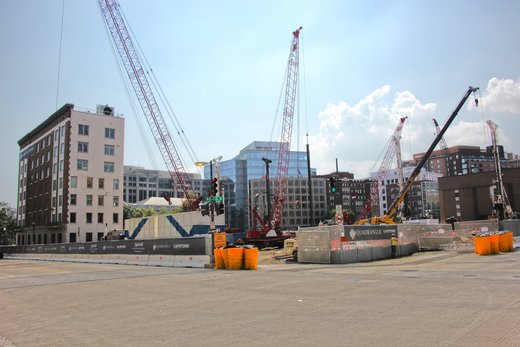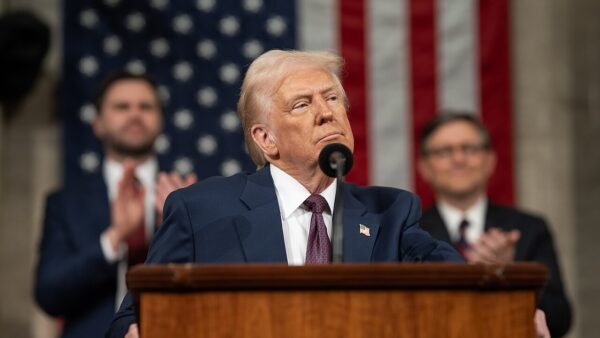11 September 2013
Total construction spending in the US hit a four-year high in July as private residential and non-residential activity increased – while public spending declined – according to an analysis of new Census Bureau data by the Associated General Contractors of America (AGCA).
The AGCA believes that construction spending in July, which it said amounted to $901bn, was the highest since June 2009. It was also an increase of 0.6% from the month before and 5.2% up on July 2012.
The association also revised totals for May and June upward, claiming that the second quarter for the overall economy was stronger than the government had earlier reported.
At the same time, however, the AGCA said the industry remained vulnerable and urged lawmakers in Washington to make infrastructure investment a top federal priority before funding runs out at the end of September.
“The patterns seen earlier this year reappeared in July, with strong year-over-year gains in single- and multifamily building, a range of results for private non-residential categories, and deepening downturns in most public segments,” said Ken Simonson, AGCA chief economist. “These trends are likely to hold for the remainder of 2013.”
Private residential spending rose 0.6% for the month and 17% from July 2012, the AGCA said. New single-family construction climbed 0.5% in July and 29% from a year ago. New multifamily spending edged up 0.1% in July and advanced 39% year-over-year.
Private nonresidential spending gained 1.3% in July and 2.0% year-over-year, the association said.

Washington Marriott Marquis hotel under construction in Washington, DC. In July, hotel and lodging construction was up 33% in the US, says trade body AGCA (Tim Evanson/Wikimedia Commons)
Components with substantial increases since July 2012 included lodging, up 33%; warehouses, up 11%; and the largest private nonresidential category, power-including oil and gas as well as electricity-up 5%. However, there were decreases in private health care construction, down 3%; and communication, down 12%, Mr Simonson said.
Public construction spending slipped 0.3% for the month and 3.7% over 12 months. The two largest public components both dropped: highway and street, down 1.1% in July and down 3.8% year-over-year; and educational, down 1.5% and 12%, respectively, in the AGCA’s analysis.
“Recent reports suggest the full year will continue to bring mixed news for construction,” Mr Simonson said. “Multifamily construction will keep expanding and single-family homebuilding should do well in most regions. Private nonresidential spending will be very uneven and public construction spending remains threatened.”
Association officials urged policy makers in Washington to enact federal spending bills by 30 September in order to avoid costly interruptions to federally funded construction projects.
They said even a short lapse in appropriations could be very disruptive to construction schedules for infrastructure and building projects.
“Congress and the administration shouldn’t play chicken with vitally needed infrastructure,” said Stephen E. Sandherr, the association’s chief executive officer. “Shutting down a project, even for a day, can be very damaging to finishing it on time and keeping key workers on board.”
Source: AGCA






